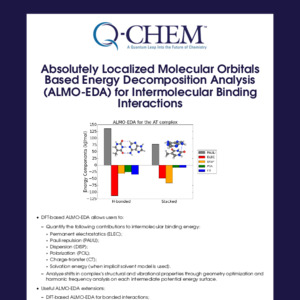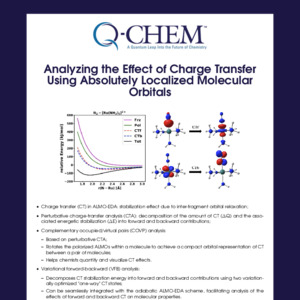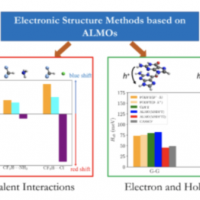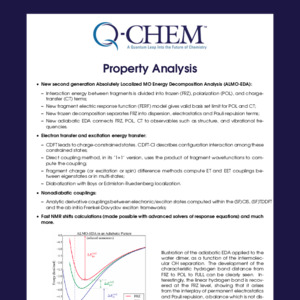Q-Chem Webinar 39
A Practical Guide to ALMO-EDA in Q-Chem

Yuezhi Mao received his B.S. degree in material chemistry from Peking University in China in 2012. He then joined Prof. Martin Head-Gordon’s group at UC Berkeley and earned his PhD in chemistry in December, 2017. In the Head-Gordon group, he worked on several research projects related to density functional theory calculations and their applications to the study of intermolecular interactions. He is one of the main developers of the second-generation ALMO-EDA method and has extended ALMO-based approaches to the analysis of molecular properties. He is now a postdoctoral scholar in Prof. Tom Markland’s group at Stanford University, and his current research focuses on the study of nonadiabatic processes in the gas or condensed phase using electronic states obtained from ab initio calculations.
Abstract
Energy Decomposition Analysis based on Absolutely Localized Molecular Orbitals (ALMO-EDA) is a unique feature of the Q-Chem software package. It has been shown to be a powerful tool for unraveling the nature of intermolecular interactions and characterizing their effects on molecular properties. In this webinar, I will first provide an overview of the ALMO-EDA family of methods in Q-Chem. Several new features will be highlighted, including the variational forward-backward (VFB) analysis for charge transfer, ALMO-EDA with implicit solvent models (PCM and SMD) or with the presence of one or more species in non-aufbau electronic configurations. I will then discuss several examples in recent literature where ALMO-EDA was utilized, showcasing what new insights one could obtain from ALMO-EDA calculations and how these insights were able to facilitate chemistry studies. Finally, with several practical examples, I will demonstrate the setup of Q-Chem input files for various methods belonging to the ALMO-EDA family and explain in detail how one should interpret the output files. Furthermore, I will introduce the visualization tools that have been made available under the “EDA2” framework and demonstrate the generation and visualization of the relevant molecular orbital and electron density plots.





